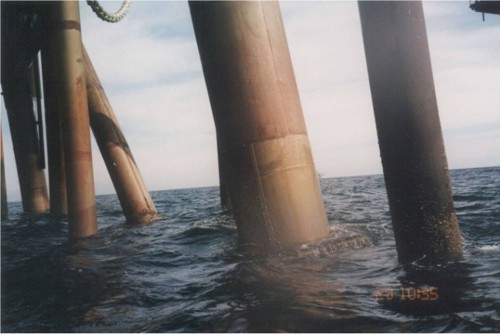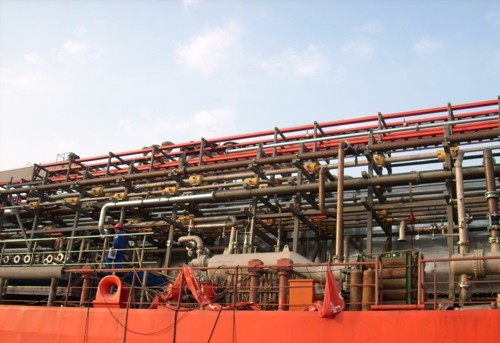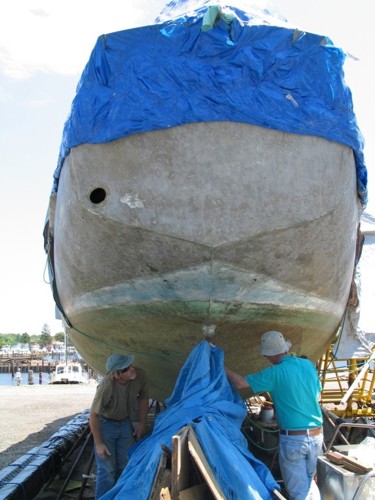The main applications for the engineering grades 90-10 and 70-30 copper-nickel alloys are in seawater piping, heat exchangers and condensers. The main industries are marine-based and cover thermal desalination, offshore oil and gas, power generation and commercial and naval shipping. Copper-nickel alloys are also used for hydraulic tubing, including brake tubing.
| Alloy | Applications |
| 90-10 and 70-30 Cu-Ni | Seawater cooling and firewater systems, heat exchangers, condensers and piping, platform riser and leg sheathing, boat hulls, oil coolers, hydraulic tubing, antimicrobial touch surfaces. |
| Cu-30Ni-Cr | Forgings, cast seawater pumps and valve components. |
| High Strength Cu-Ni | |
| Cu-Ni-Al | Shafts and bearing bushes, bolting, pump and valve trim, gears, fasteners. |
| Cu-Ni-Sn | Bearings and drill components, subsea connectors, valve actuator stems, lifting nuts, ROV lock-on devices, seawater pump components. |




